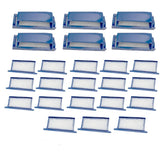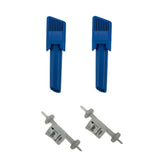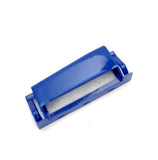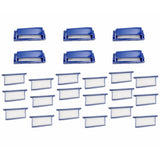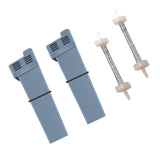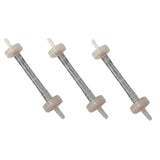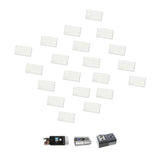Tech Tips
Tech Tips
How to make distilled water for CPAP machine?
How to make distilled water for CPAP machine?
To make distilled water for your CPAP machine, you will need a distillation unit or a home distillation kit. Here is the basic process for making distilled water using a distillation unit:
-
Fill the distillation unit with tap water and turn it on.
-
The unit will heat the water until it boils, and the steam will be collected and cooled in a separate container.
-
As the steam cools, it will condense back into water, and the resulting liquid will be pure, distilled water.
-
When the distillation process is complete, turn off the unit and pour the distilled water into a clean container. Be sure to let it cool to room temperature before using it in your CPAP machine.
It is important to use distilled water in your CPAP machine to avoid the build-up of mineral deposits and other contaminants that can affect the performance of the device. Be sure to follow the manufacturer's instructions for filling the water chamber and replacing the water, as different models may have specific requirements.
To make distilled water for your CPAP machine, you will need a distillation unit or a home distillation kit. Here is the basic process for making distilled water using a distillation unit:
-
Fill the distillation unit with tap water and turn it on.
-
The unit will heat the water until it boils, and the steam will be collected and cooled in a separate container.
-
As the steam cools, it will condense back into water, and the resulting liquid will be pure, distilled water.
-
When the distillation process is complete, turn off the unit and pour the distilled water into a clean container. Be sure to let it cool to room temperature before using it in your CPAP machine.
It is important to use distilled water in your CPAP machine to avoid the build-up of mineral deposits and other contaminants that can affect the performance of the device. Be sure to follow the manufacturer's instructions for filling the water chamber and replacing the water, as different models may have specific requirements.

